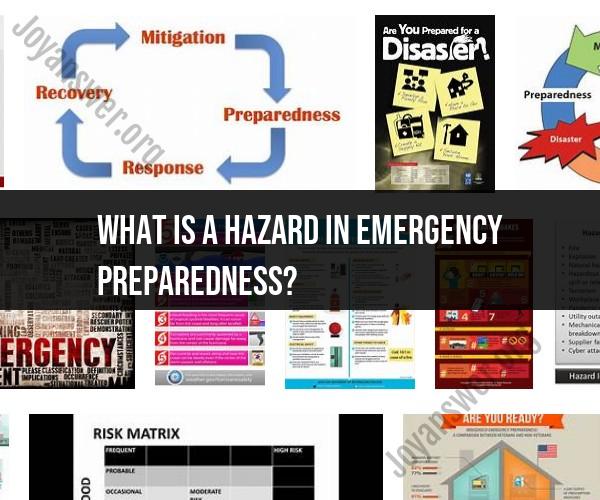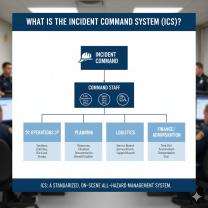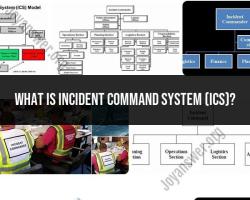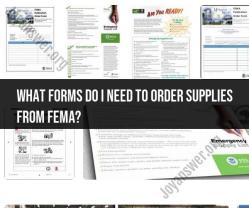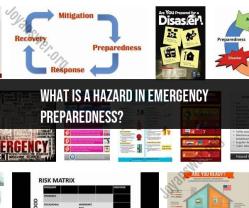What is a hazard in emergency preparedness?
Emergency preparedness is essential for mitigating risks and ensuring the safety and well-being of individuals and communities during disasters or crises. However, there are potential hazards and challenges that can impact the effectiveness of emergency preparedness efforts. Here's a comprehensive overview of hazards in emergency preparedness:
1. Lack of Awareness and Education:Many people might not fully understand the importance of emergency preparedness or how to respond appropriately during a crisis. This lack of awareness can hinder timely and effective actions.
2. Complacency:When people perceive that emergencies are unlikely to happen, they may become complacent and fail to take proactive measures to prepare.
3. Insufficient Planning:Inadequate planning can lead to confusion and inefficiency during emergencies. Lack of clear protocols, communication plans, and resource allocation strategies can hinder response efforts.
4. Inaccurate Information:Dissemination of incorrect or misleading information during emergencies can lead to panic, misinformation, and hindered response efforts.
5. Resource Limitations:Shortages of essential resources, such as medical supplies, food, water, and personnel, can significantly impact the ability to provide effective aid during emergencies.
6. Communication Breakdown:Effective communication is crucial during emergencies. Communication breakdowns, whether due to technical issues or lack of coordination, can hinder response efforts and increase confusion.
7. Infrastructure Failures:Emergencies, such as natural disasters, can damage critical infrastructure like roads, bridges, and communication systems. These failures can impede response and recovery efforts.
8. Evacuation Challenges:During evacuation scenarios, issues like traffic congestion, lack of transportation options, and mobility challenges can hinder people's ability to evacuate safely.
9. Vulnerable Populations:Certain groups, such as the elderly, disabled individuals, and those with limited access to resources, are more vulnerable during emergencies. Ensuring their safety and well-being requires specific attention and planning.
10. Psychological and Emotional Impact:Emergencies can have lasting psychological and emotional effects on individuals and communities. Mental health support and counseling are crucial components of comprehensive emergency preparedness.
11. Rapidly Changing Situations:Emergencies can evolve quickly, and response strategies might need to be adapted on the fly. Flexibility and adaptability are essential qualities for effective emergency response.
12. Technological Dependence:While technology can enhance emergency response, dependency on it can also lead to vulnerabilities. Technical failures or cyberattacks can disrupt communication and data systems.
13. Political and Social Factors:Political and social factors, such as conflicts or civil unrest, can complicate emergency response efforts and impact the safety of responders and affected populations.
14. Cross-Border Challenges:Emergencies that cross national borders require international cooperation, coordination, and communication, which can be complex and challenging.
Effective emergency preparedness takes into account these potential hazards and challenges. Comprehensive planning, training, regular drills, public education, and continuous improvement strategies are crucial to ensuring that emergency response efforts are efficient and effective in the face of unforeseen events.
